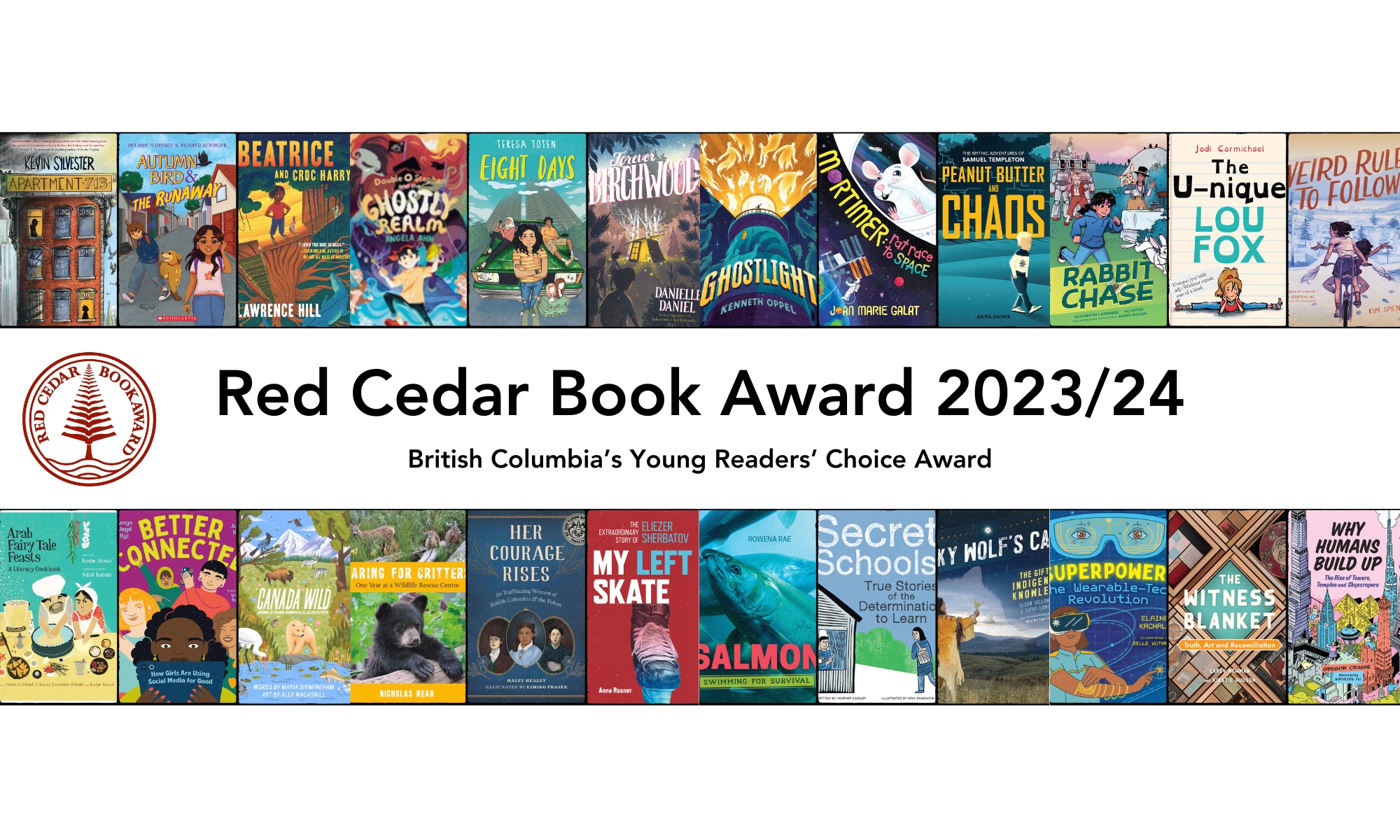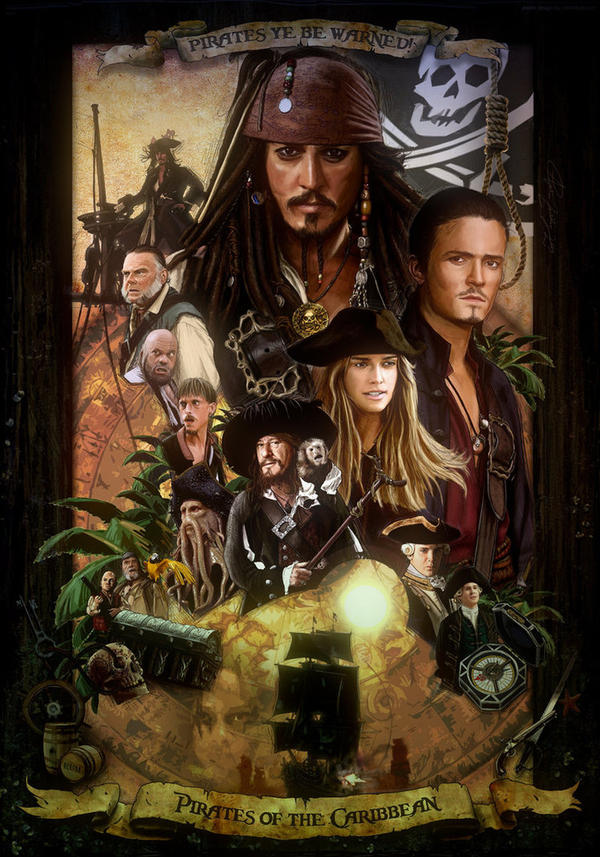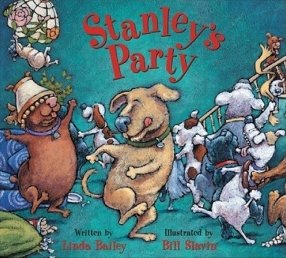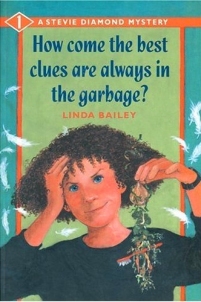 Where did you get your idea to write about a boy in the Middle Ages? [Note: It’s actually the Age of Exploration—Middle Ages ends in the 15th century]
Where did you get your idea to write about a boy in the Middle Ages? [Note: It’s actually the Age of Exploration—Middle Ages ends in the 15th century]
From my research. I chose 1660s London specifically because it was such a rich time of plots, conspiracies, and secrets, as enemies struggled against each other for power. Basically, it was too good a time to pass up!
 How did you do your research to find out what life was like in the Middle Ages in general, and for apothecaries and The Plague specifically? [sic]
How did you do your research to find out what life was like in the Middle Ages in general, and for apothecaries and The Plague specifically? [sic]
A lot of time in and out of libraries. I read many, many different books, drawing as much as I could from them. Fortunately, we have a lot of good first-hand accounts from that time, especially of the plague (the best of which is A Journal of the Plague Year by Daniel Defoe). I always find doing research valuable; the details really help bring the books to life.
Did you always want to be a writer? Is it a full-time job for you?
Writing is my full-time job, yes. But I had no interest in it when I was young—if you’d have told me back then that I’d grow up to be a writer, I’d have thought you’d lost your mind! Just goes to show you never know where you’ll end up.
What does a “writing day’ look like for you?
Get up early (around 5 am). Work all morning: either reading, or doing research, or plotting, or writing. If I’m writing, then I usually have a word or page count, and I don’t stop until I’ve reached it. I’m usually finished work around lunchtime, or early afternoon.
How long does it take for you to write a book?
Every book is different. So far, the shortest took me five months, while the longest took just over a year. I have no idea why some take longer; for whatever reason, some books are harder to write than others.
Do you enjoy writing? Did you like to do it as a child? Were you good at it?
Depends on the day! When I’m stuck on something, it can be pretty frustrating. But overall, I think writing is the best job in the world.
I was pretty good at it as a child, but back then I hated doing it. Maybe that’s because I had to, rather than wanting to.
What was your favorite book to read as a child?
Probably the Belgariad series by David Eddings. Though there were many, many books—mostly fantasy—that I loved.
Did you read a lot as a child? What do you like better, reading or writing? Why?
I read every single day when I was a child, often for hours—and I still do! I still like reading better than writing…but I have to admit, nothing in the world beats that feeling of satisfaction when you finally finish writing a book.
What advice can you give us to become writers?
First, always be reading. Seeing what makes other writers effective are the best writing lessons you’ll ever get.
Second, always be writing. Just like you can’t learn to ride a bike by watching someone, you can’t learn to write just by reading. It takes years and years of practice. (So start now!)
Third, don’t get discouraged. We all write things that don’t go anywhere. I had to write three whole manuscripts, none very good, until I wrote The Blackthorn Key. In writing, you never really fail until you quit.
How many books do you have planned in this series?
As many as I can think of! As long as people want to keep reading them, and I can come up with good ideas, I’ll keep writing them. So hopefully you’ll see Blackthorn Key adventures for years to come!
-Linda Groot, Elementary Teacher-Librarian, and students from Abbotsford Christian School

 Recently Kathleen Cherry, Red Cedar-nominated author of Everyday Hero had the opportunity to work with students in the Red Cedar Club at Spruceland Elementary School and also to present to several classes at Southridge Elementary School. She is very enthusiastic about the experience, saying it was “So exciting to witness the student’s enthusiasm for books and reading!”
Recently Kathleen Cherry, Red Cedar-nominated author of Everyday Hero had the opportunity to work with students in the Red Cedar Club at Spruceland Elementary School and also to present to several classes at Southridge Elementary School. She is very enthusiastic about the experience, saying it was “So exciting to witness the student’s enthusiasm for books and reading!” Kathleen has kindly offered that any Red Cedar groups who schedule
Kathleen has kindly offered that any Red Cedar groups who schedule  How did you come up with your characters?
How did you come up with your characters?
 How long have you been writing for?
How long have you been writing for?


 My favourite book when I was a kid was The Secret Garden by Frances Hodgson Burnett. The
My favourite book when I was a kid was The Secret Garden by Frances Hodgson Burnett. The Agh, I hate that question! It’s like asking a parent which is her favourite kid. But if I had to
Agh, I hate that question! It’s like asking a parent which is her favourite kid. But if I had to When I was 30. My first career was as a special education teacher. At the same time, I was very
When I was 30. My first career was as a special education teacher. At the same time, I was very Frances Hodgson Burnett, as I mentioned above. My favourite Canadian children’s author is
Frances Hodgson Burnett, as I mentioned above. My favourite Canadian children’s author is We are super excited that Tanya Lloyd Kyi, author of the fascinating book
We are super excited that Tanya Lloyd Kyi, author of the fascinating book  MSE: Why did you name the DNA Scientists Genetic rock stars?
MSE: Why did you name the DNA Scientists Genetic rock stars? MSE: Why did you start writing books?
MSE: Why did you start writing books?
 Harmoney Hachey of Signal Hill Elementary felt a strong connection to Sharon Jennings’
Harmoney Hachey of Signal Hill Elementary felt a strong connection to Sharon Jennings’  SJ: Before I answer your first question, I’ll explain a bit about Dots. I don’t know if you have seen the book, Home Free. Leanna tells the story about meeting Cassie when she moves in next door. By the end, she finds out that Cassie isn’t an orphan, but she still doesn’t know the whole story.
SJ: Before I answer your first question, I’ll explain a bit about Dots. I don’t know if you have seen the book, Home Free. Leanna tells the story about meeting Cassie when she moves in next door. By the end, she finds out that Cassie isn’t an orphan, but she still doesn’t know the whole story. H: How long did it take you to write Connecting Dots?
H: How long did it take you to write Connecting Dots? My father died when I was 16, so I understood what Leanna felt. I also wanted to be an orphan like Anne Shirley – my very favourite book! I had some Irish relatives and they were as awful as the characters in the story – mean, biased – and one aunt knit me a sweater and called me a monkey because my arms were ‘too long’.
My father died when I was 16, so I understood what Leanna felt. I also wanted to be an orphan like Anne Shirley – my very favourite book! I had some Irish relatives and they were as awful as the characters in the story – mean, biased – and one aunt knit me a sweater and called me a monkey because my arms were ‘too long’. I am going to Vancouver for the awards ceremony – even if I don’t win! It is important to me to meet my readers and answer even more questions. I also love to inspire others to think about writing. I wrote my first school play in grade 4 and haven’t stopped.
I am going to Vancouver for the awards ceremony – even if I don’t win! It is important to me to meet my readers and answer even more questions. I also love to inspire others to think about writing. I wrote my first school play in grade 4 and haven’t stopped. Students from Mile 108 got more than they bargained for when they sent interview questions to Linda Bailey, author of the pirate tale
Students from Mile 108 got more than they bargained for when they sent interview questions to Linda Bailey, author of the pirate tale  M108E: How did you come up with all the pirate names?
M108E: How did you come up with all the pirate names? M108E: Why did you chose pirates?
M108E: Why did you chose pirates? M108E: Was the setting based on a real place?
M108E: Was the setting based on a real place? M108E: Are any of your characters based on people you know? Where did Lewis come from? Where did Abbie come from?
M108E: Are any of your characters based on people you know? Where did Lewis come from? Where did Abbie come from? M108E: How long did it take you to write The Seven Dead Pirates?
M108E: How long did it take you to write The Seven Dead Pirates? M108E: When was your first book published and what was it called?
M108E: When was your first book published and what was it called? SSE: What gave you the idea to write this book?
SSE: What gave you the idea to write this book? EHPE: What inspired you to write the book, The Nest?
EHPE: What inspired you to write the book, The Nest? KO: The biggest influence for The Nest was very personal: the birth of our third child 11 years ago. She was born with Down syndrome, and it really made me re-evaluate how we look at what normal is and what that means. Is it possible for anyone to be truly normal? Is it a certain model of behaviour we must all try to live up to? All of us have weaknesses, flaws, things that make us “less than.” It made me think about how we value people, and how we look at who’s worthy, who’s lovable. For sure I was drawing on my own experiences for the emotional core of this book, because at the beginning when you have a baby who’s “different,” there’s so much you don’t know. There’s surprise, there’s worry, there’s questioning about what her prospects were going to be.
KO: The biggest influence for The Nest was very personal: the birth of our third child 11 years ago. She was born with Down syndrome, and it really made me re-evaluate how we look at what normal is and what that means. Is it possible for anyone to be truly normal? Is it a certain model of behaviour we must all try to live up to? All of us have weaknesses, flaws, things that make us “less than.” It made me think about how we value people, and how we look at who’s worthy, who’s lovable. For sure I was drawing on my own experiences for the emotional core of this book, because at the beginning when you have a baby who’s “different,” there’s so much you don’t know. There’s surprise, there’s worry, there’s questioning about what her prospects were going to be.  EHPE: Do you have a new book coming out soon? Can you tell us something about it?
EHPE: Do you have a new book coming out soon? Can you tell us something about it? Jennifer Mook-Sang will be attending the Red Cedar Awards on May 6, 2017 and would love to visit area schools and libraries while she’s in B.C. She will be in the Vancouver Area from May 1-6th and on Vancouver Island in the vicinity of Nanaimo from May 8-10th.
Jennifer Mook-Sang will be attending the Red Cedar Awards on May 6, 2017 and would love to visit area schools and libraries while she’s in B.C. She will be in the Vancouver Area from May 1-6th and on Vancouver Island in the vicinity of Nanaimo from May 8-10th.